This is the first time I have a R question that I couldn't find on Stack Overflow already - forgive me if the reason why I didn't find anything is a specific term for the type of thing I'm looking for that I'm not aware of (is there?).
I'd like to display data as a cumulative frequency. Since my focus is more on the edges of the Distribution, it is helpful to scale the y-axis to a normal distribution. The result should look something like this:

I've read about quantile-quantile plots, but honestly I can't figure out how to apply them if I want to preserve the X-axis.
I tried both base graphics and ggplot2, but can't figure it out. My current solution is therefore, for example
plot(ecdf(trees$Volume))
or
ggplot(data=trees, aes(Volume)) + stat_ecdf()

